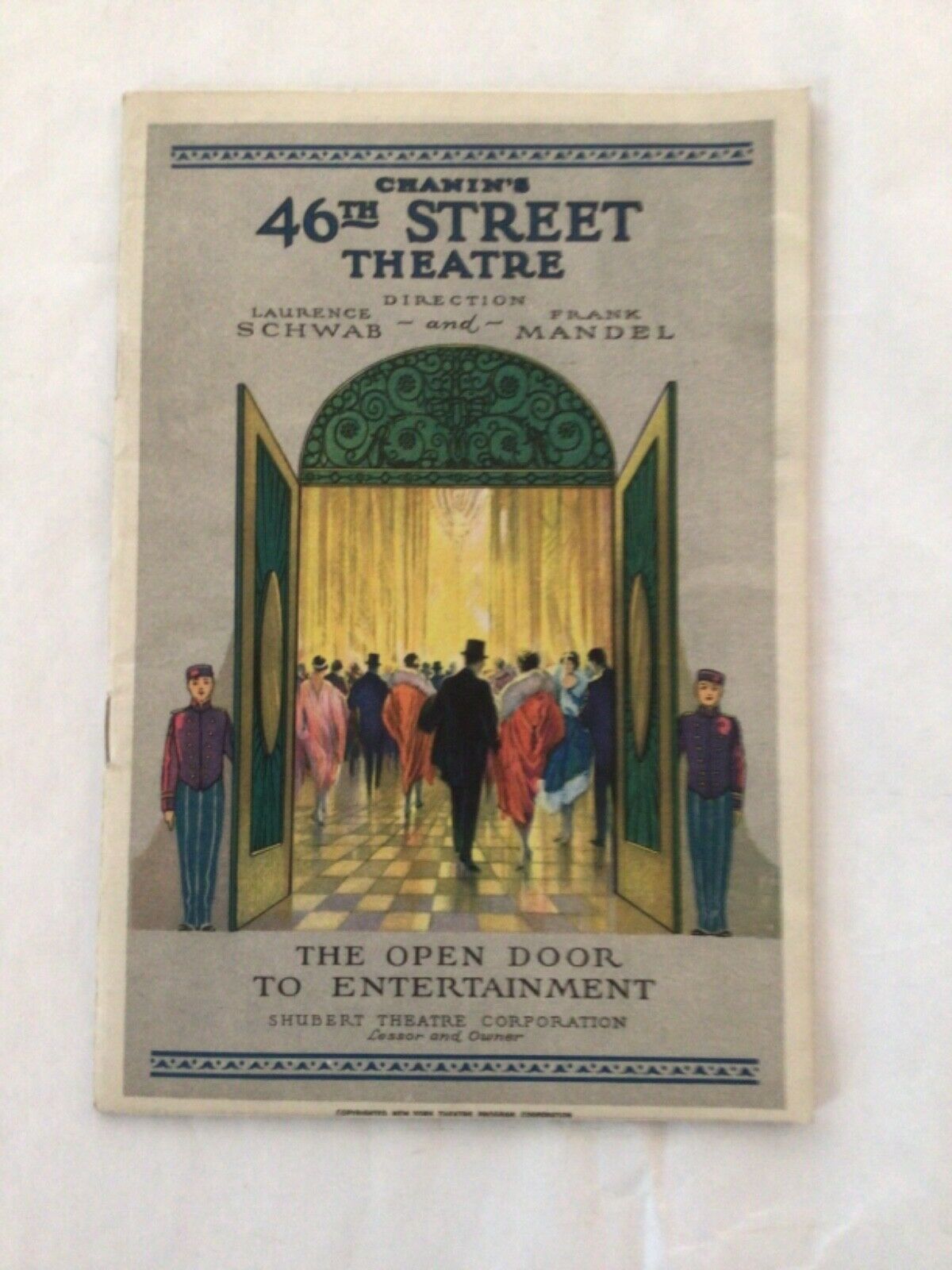-40%
*GREAT COMEDIENNE MAY IRWIN RARE 1896 WIDOW JONES PROGRAM 300TH PERFORMANCE*
$ 42.23
- Description
- Size Guide
Description
From the collection of the renowned 19th century American sculptor William Ordway Partridge--a rare original April 1896 program clip for May Irwin in the 300th performance of her famous play The Widow Jones. Dimensions eight and a quarter by three and a half inches, clipped from a larger program and laid down to an eleven and a half by nine inch Victorian album page. With two unrelated programs to reverse including an 1896 program for the great Eleanora Duse in Camille. Light wear otherwise good. See May Irwin's extraordinary biography below.Combined shipping discounts for multiple purchases. Inquiries always welcome. Please visit my other eBay items for more early theatre, opera, film and historical autographs, photographs and programs and great actor and actress cabinet photos and CDV's.
From Wikipedia:
May Irwin
(June 27, 1862 – October 22, 1938) was an actress, singer and star of
vaudeville
. Originally from Canada, she and her sister
Flo Irwin
found theater work after their father died. She was known for her performances as a
coon shouter
and recordings.
Born at
Whitby, Ontario
in 1862 as
Georgina May Campbell
,
[1]
[2]
[3]
her father, Robert E. Campbell, died when she was 13 years old; her stage-minded mother, Sophoria Jane Draper, in need of money, encouraged May and her older sister Adeline Flora ("Flo" or "Addie") to perform. They created a singing act, billed as the "Irwin Sisters," that debuted at the Adelphi Theatre in nearby
Buffalo, New York
in December 1874. By late 1877, their careers had progressed and they were booked to appear at New York's Metropolitan Theater, then at the
Tony Pastor
Theatre, a popular New York City music hall.
Miss May Irwin
The sisters proved popular enough to earn regular spots for the ensuing six years, after which 21-year-old May set out on her own. She joined
Augustin Daly
's stock company from 1883 to 1887, where she made her first appearance on the theatrical stage. This comedian was known for her improvisation skills. An immediate success, she went on to make her
London
stage debut at
Toole's Theatre
in August 1884. By the age of 25, she was earning ,500 a week.
[4]
In 1886, her husband of eight years, Frederick W. Keller, died unexpectedly. Her sister Flora married New York State Senator
Thomas F. Grady
.
By the early 1890s, Irwin had married a second time and developed her career into that of a leading
vaudeville
performer with an act known at the time as "Coon Shouting", in which she performed
African American
-influenced songs. In the 1895
Broadway
show
The Widow Jones
, she introduced "The Bully Song", which became her signature number. The performance also featured a lingering kiss, which was seen by
Thomas Edison
, who hired Irwin and her co-star
John C. Rice
to repeat the scene on film. In 1896, Edison's
Kinetoscope
production,
The Kiss
, became the first screen kiss in cinematic history.
[5]
Her own pieces included " The Widow Jones", " The Swell Miss Fitzswell", "Courted into Court", "Kate Kip-Buyer", and "Sister Mary".
[6]
The cover of sheet music featuring one of Irwin's songs originally performed in the Broadway musical Courted into Court.
In addition to her performing and singing, Irwin also wrote the lyrics to several songs, including "Hot Tamale Alley", with music written by
George M. Cohan
. In 1907 she married her manager, Kurt Eisfeldt, and began making records for
Berliner/Victor
. Several of these recordings survive and give a notion of the actress's appeal.
Irwin's buxom figure was much in vogue at the time and, combined with her charming personality, made her one of America's most beloved performers for more than thirty years. In 1914, she made her second
silent film
appearance, this time in the feature-length adaptation of
George V. Hobart
's play,
Mrs. Black is Back
, produced by
Adolph Zukor's
Famous Players Film Company
and filmed for the most part at her own sprawling home in New York. Still pictures showing May survive from this movie.
A highly paid performer, Irwin was a shrewd investor and became a very wealthy woman. She spent a great deal of time at a summer home on secluded Club Island, a small island off of
Grindstone Island
of the
Thousand Islands
, and at her winter home on
Merritt Island, Florida
, before retiring to a farm near
Clayton, New York
, where a street would eventually be named in her honor.
Personal life
May Irwin was married twice. Her first marriage was to Frederick W. Keller, of
St. Louis
, from 1878 until his death in 1886. From 1907 to the end of her life, she was married to Kurt Eisfeldt. The couple lived at West 44th Street, New York.
May Irwin had two sons by her first marriage, Walter Keller (born ca. 1879 - when she was 17) and Harry Keller (b. 1882 - when she was 20).
[7]
Death
May Irwin died in New York City on October 22, 1938, aged 76. She is interred at
Kensico Cemetery
in Valhalla, NY.












